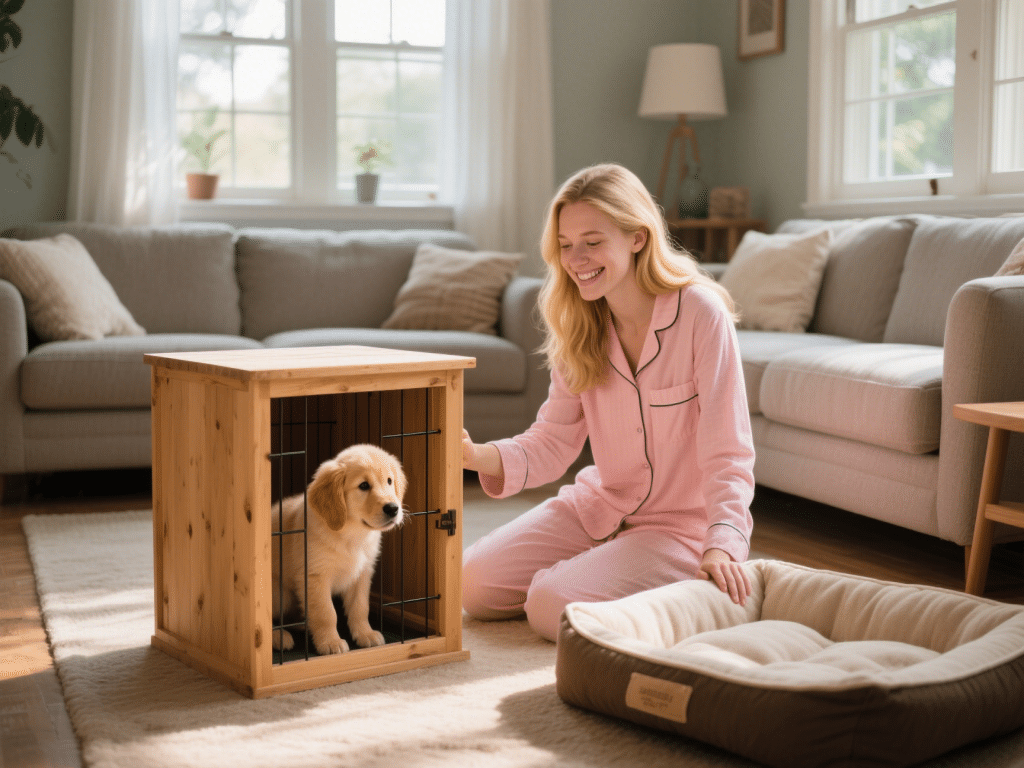Cat-Proofing Your Garden: Protecting Your Plants and Pets
Introduction
Gardens can be a delightful outdoor extension of the home, but unprotected gardens may pose risks to curious cats—both indoor and outdoor. Cat-proofing your garden safeguards your plants from digging, prevents ingestion of toxic flora, and reduces stress or injury to your feline companions.
1. Assess Garden Hazards
Toxic Plants: Lilies, azaleas, tulips, and oleander are highly toxic to cats. Compile a list of harmful plants and remove them or relocate them to a secure greenhouse.
Chemical Exposure: Pesticides, herbicides, and fertilizers can be poisonous if ingested. Opt for pet-safe, organic alternatives or apply chemicals when cats are indoors.
2. Physical Barriers
Low Fencing or Netting: Install 1–2-foot tall chicken wire or plastic mesh around sensitive flower beds. Cats dislike walking on rough textures—adding a layer of decorative gravel or pine cones can deter digging.
Motion-Activated Sprinklers: These devices spray a short burst of water when motion is detected. Most cats quickly learn to avoid the area without suffering harm.
Garden Edging: Raised beds with smooth stone or brick edges discourage jumping and reduce trampling on plants.
3. Cat-Friendly Zones
Designated Digging Boxes: Create a sandbox filled with soft, clean soil or mulch away from your main planting areas. Cats love to dig—providing an approved spot reduces damage elsewhere.
Vertical Enrichment: Install cat shelves or secure tree branches to offer vertical perches. Cats enjoy surveying their territory from a height, reducing their incentive to roam in planting zones.
Outdoor Enclosures (“Catios”): If space and budget permit, build a screened outdoor enclosure. This controlled environment guarantees safety while allowing fresh-air stimulation.
4. Sensory Deterrents
Scent-Based Repellents: Citrus peels, coffee grounds, or commercial cat-repellent granules around plant bases discourage cats. Reapply regularly, especially after rainfall.
Texture-Deterrents: Crumpled aluminum foil, sticky mats, or rubber mulch can be placed temporarily until cats learn to avoid those areas.
5. Encourage Positive Behavior
Interactive Play: Spend time playing with your cat indoors, using wands or lasers, to reduce boredom-driven exploration in the garden.
Treat Scavenger Hunts: Hide small treats in non-sensitive areas to direct cat attention away from delicate plants.
6. Supervision and Training
Leash Training: Teaching your cat to walk on a harness and leash allows supervised garden visits without unsupervised roaming.
Consistent Corrections: Using a firm “no” and gentle redirection each time your cat approaches forbidden planting zones helps reinforce boundaries.
Conclusion
By combining physical barriers, sensory deterrents, and cat-friendly enrichment, you create a balanced environment where both plants and pets thrive. Regular monitoring and consistent training reinforce safe garden behaviors, ensuring your outdoor sanctuary remains enjoyable for everyone.
RECOMMENDED NEWS

Essential Vaccinations for Puppies: What You Need to Know
2025-11-02

Grooming Tips for Dogs with Long Fur: Keep Their Coat Shiny
2025-11-03

Choosing the Right Dog Breed for Your Lifestyle
2025-11-04

Step-by-Step Dog Crate Training Guide for New Pet Parents
2025-11-04

How to Keep Your Pet Active and Engaged: Fun Activities for Every Breed
2025-11-03

Worms or Parasites That Can Get Your Reptile Sick
2025-11-01
Comments on "Cat-Proofing Your Garden: Protecting Your Plants and Pets" :